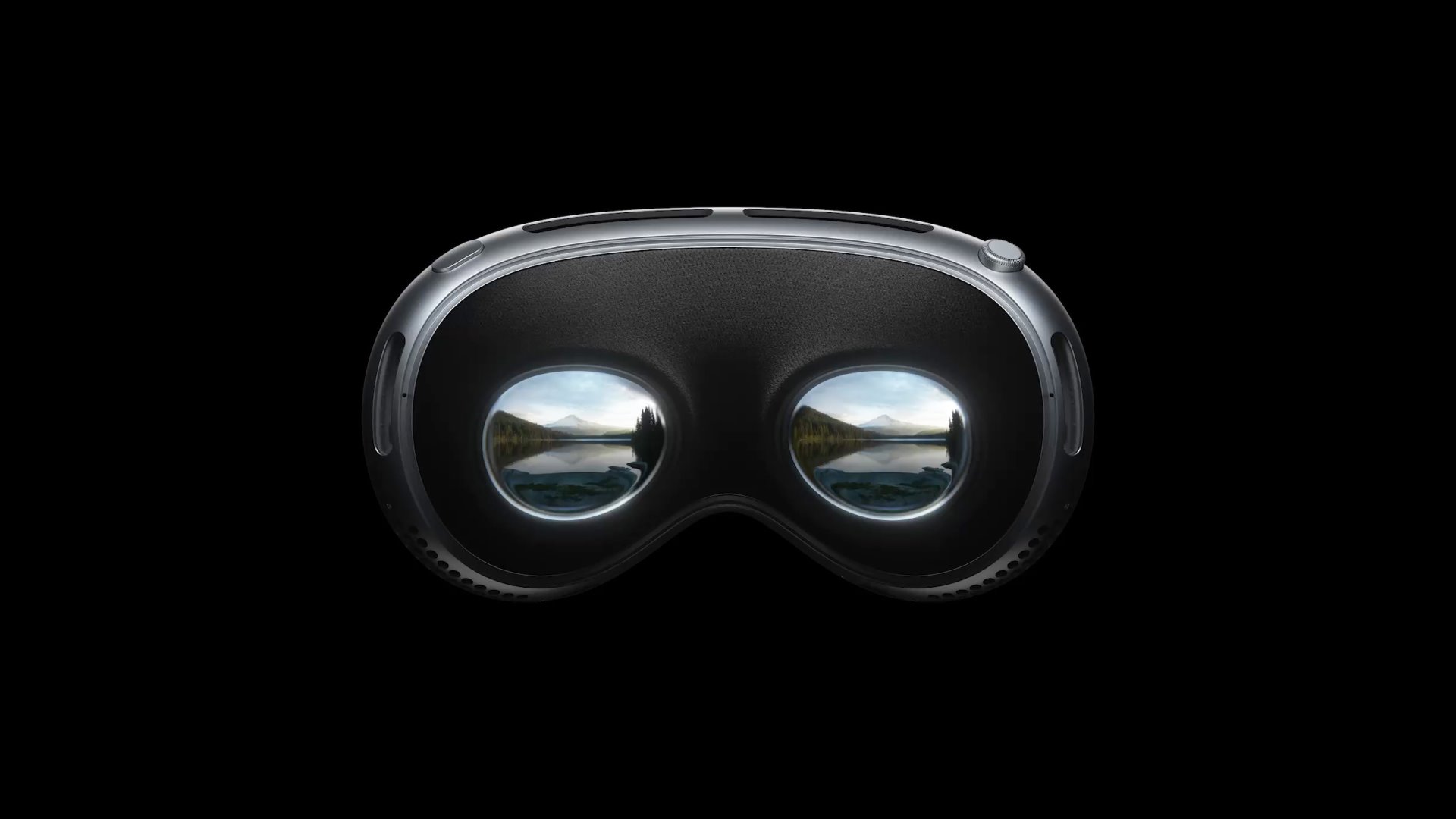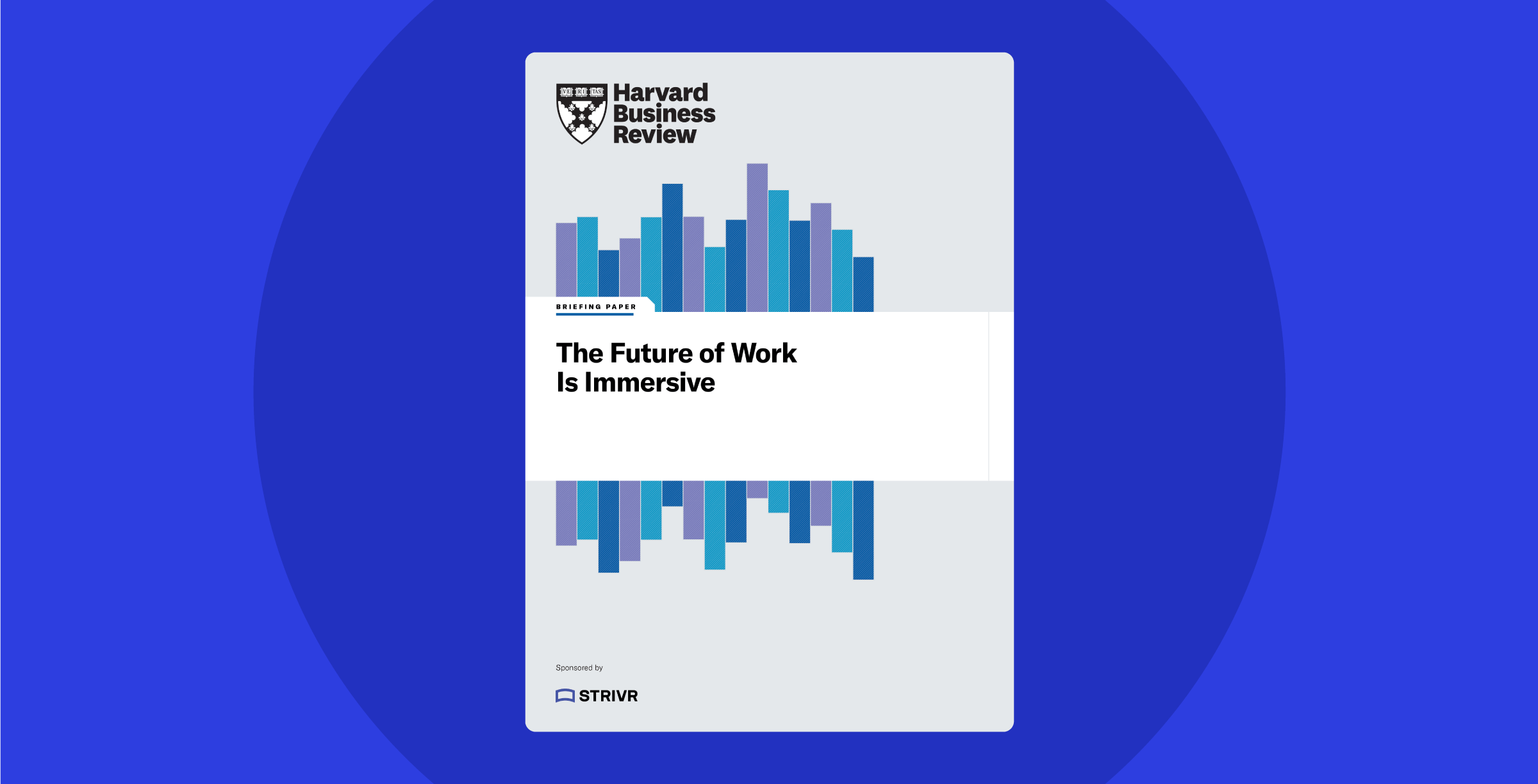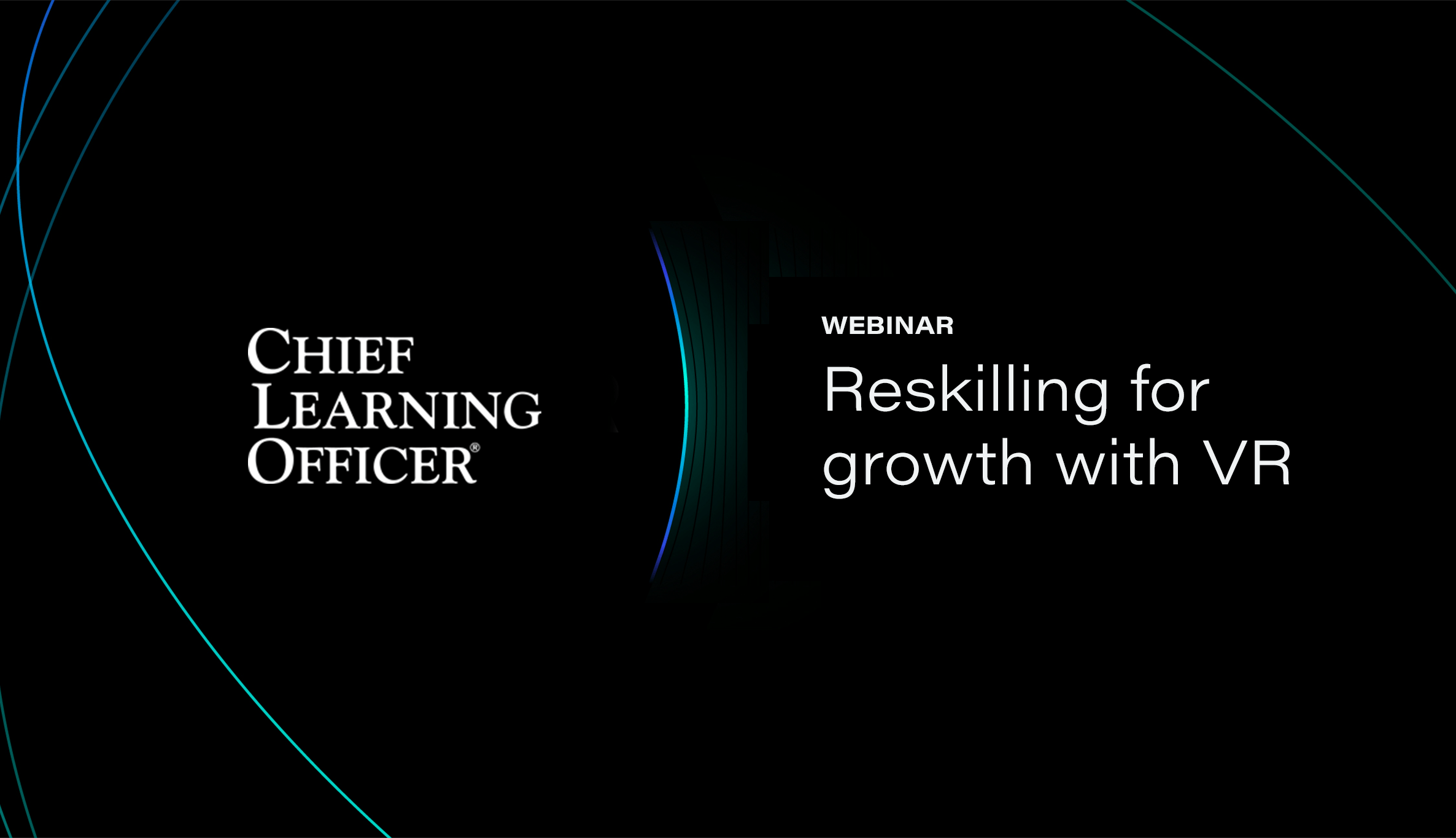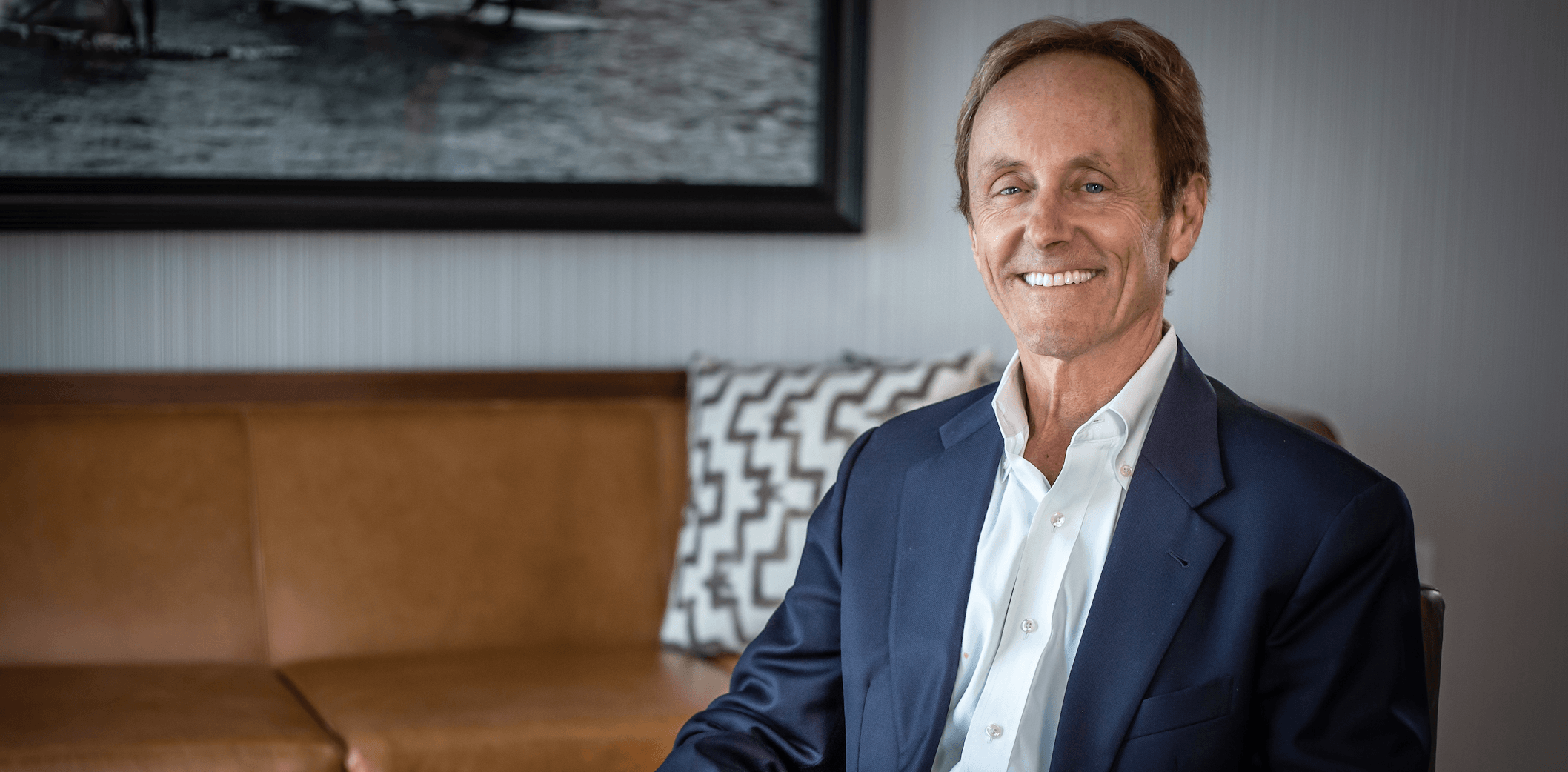Over the last 18 months, we’ve learned that people are capable of great transformation, and the ways we work can change quickly under pressure. Nowhere has this been more obvious than in the case of frontline workers — lately referred to as essential workers.
But frontline workers are essential for a reason that has nothing to do with COVID-19: they’re the people actively creating customer experience every day.
It’s easy to trace a line from customer experience to business performance, and that line includes employee engagement. Engaged employees simply provide better customer experiences, so in my career, I’ve found that L&D initiatives that focus on employee engagement typically offer a lot of ROI.
What does employee engagement mean in 2021? Traditionally, frontline workers — “a majority of the 90 million people employed in America’s essential industries” — have been culled from the younger generations, and today, those generations have been reared on digital: mobile, gaming, Virtual Reality (VR). If you’re still stuck on old ways of training employees, you don’t have the edge with employees who have a lot of choices today.
“Why would I want to work here?”
The younger population is shrinking. There are 5 million more millennials in the U.S. than Gen Zers, which is going to exacerbate turnover issues in the workforce. We’re already seeing a huge labor crunch of trying to get people into frontline jobs as businesses accelerate post-pandemic.
To attract young frontline workers, you have to have a solid answer to the question “Why would I want to work here?”
1. There are opportunities for learning.
In my tenure as a CLO, I witnessed the chronic challenge of keeping employees engaged in training. Manuals and linear computer courses are simply not engaging to younger generations, who use increasingly sophisticated technology solutions outside work.
If you match internal learning tools to those expectations — and even extend beyond them to provide new, unique training experiences — you’re much more apt to keep the workforce engaged.
That makes L&D efforts more successful and, ultimately, employees happier to stay with a company.
Recently, I’ve been exploring VR as a learning modality, and I’ve been impressed by its effectiveness in creating what I believe to be incomparable engagement for users. In the VR headset, everywhere you look, you’re immersed in a virtual environment that looks and sounds just like the real-world workplace.
The first time I tried it, I was astonished at how well it placed me in both the head space and physical space of the actual experience that was being simulated.
2. I have room to grow.
The second answer to “Why would I want to work here?” has to do with professional growth. McDonalds has used the hiring tagline, “America’s best first job,” across the past few years. But that phrase implies there will be a next job that’s probably not at McDonalds.
With entry-level jobs, of course, a certain degree of turnover is expected. But if you can get people invested in your company, and provide multiple career paths within your organization, sometimes they’ll stay. For instance, an entry-level worker might move from a frontline role to an operational management role to an IT role. That, in fact, was the path I took in my career at McDonalds.
In the last few years we’ve seen education emerge as a compelling HR benefit. If you have someone working in customer service within your organization while they’re pursuing an engineering degree, my advice is to find them and put them to use in the business beyond the customer service role.
A lot of companies refer to the art of cultivating internal talent as the internal talent marketplace, an age-old concept that’s re-emerging in importance as companies reassess the idea of entry-level work. To be successful at creating an internal talent marketplace and simultaneously appeal to entry-level workers with a lot of other options, testing and building the skillsets of your workforce is critical.
3. There are powerful feedback opportunities.
Another reason VR excites me? It lends itself well to exploring insightful methods for testing and training skills at scale. Let me give you an example.
Traditionally at McDonalds, floor managers would conduct “skills observation checklists” to assess whether new hires could successfully complete a task in the right sequence — for instance, making french fries. Human observation is effective, but it’s certainly not a scalable way to assess large numbers of employees over time.
New technologies such as VR offer consistent, scalable methods of employee assessment, so you can now gauge not just whether a worker can make fries in the right order, but what other skills they excel at, and where they might move next within the organization.
In other words, you can teach them the “secret sauce” processes and ideas that make your company tick while simultaneously identifying their unique skill set so you can cultivate it along a career path within your company.
Show them they have a future.
Partnering with other teams within the organization
To meet the goals of workforce transformation — whatever those goals may be for your organization — requires partnership with other departments. IT plays a role in deploying new technology and advising on change management strategies. Sales can often be a big contributor, too.
In fact, when launching new L&D initiatives, my advice is to look for the people who produce the most revenue for your organization and find a use case within that audience.
If you can help accelerate and enable their efforts with digital learning tools, it creates a path to momentum throughout the entire organization.
The ongoing effort of workforce transformation
The last 18 months have been extremely challenging for people forced into new ways of working. While L&D teams have learned a lot, transformation can’t just be something we do in reaction to a massive societal calamity. It’s happening every day, in so many ways, as new digital tools emerge, training methods evolve, and business pressures accelerate.
In fact, most workforce transformation is driven not by external factors but by the need to meet the strategic objectives of the business, starting on the frontlines. When it comes to attracting, engaging, and retaining frontline workers, you must create allure and stickiness.
It’s now expected that the best companies to work for are also best-in-class learning organizations, taking advantage of powerful new tools like VR.
That’s not to say that workforce transformation has to happen overnight in your organization. Outside of a pandemic, a wholesale overhaul is unlikely all at once, but incremental transformation works well. In fact, the way I view it, the collective workforce has been gradually transforming since back in 1990, when an early IBM Model 50 computer first landed on my desk.
In my mind, a VR headset is the next device to land on the desk of the collective workforce, driving the next wave in both L&D and workforce transformation.






